Are you looking for a contractor?
Submit our quick form and get quotes now!
Table of Contents
7 min read
Benefit From the Versatility of a Heat Pump for Heating and Air Conditioning
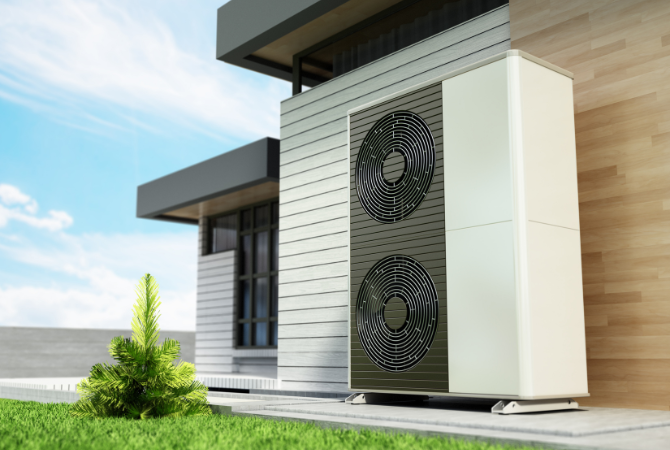

7 min read
Benefit From the Versatility of a Heat Pump for Heating and Air Conditioning
Renovation tipsBenefit From the Versatility of a Heat Pump for Heating and Air Conditioning
There’s such a thing as a device that blows both cold and warm air—a heating and cooling heat pump. But, rest assured, there’s nothing sorcerous about it, it’s all about physics.
Learn more about its functioning and must-know factors to choose the device that best meets your needs, but also your budget. Maintaining a comfortable ambient temperature in your home will never have been this economical.
How a Heat Pump Both Heats and Cools
There are 4 heat pump models:
Geothermal heat pump;
Ducted air-to-air heat pump;
Ductless air-to-air;
Air-to-water.
1- Air-to-air heat pump
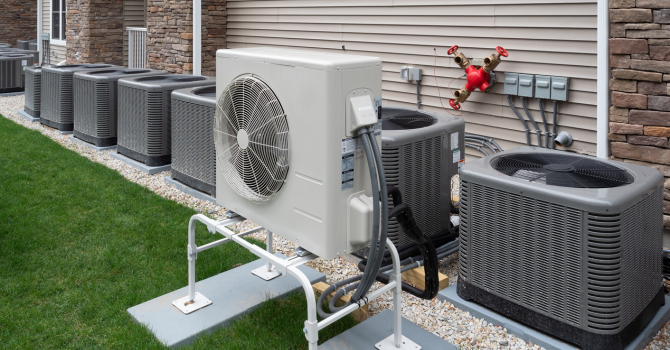
Source: Canva
These are the most common heat pumps. Their motor is located outside the home and, depending on the chosen functioning mode, can warm up or cool down the air dispensed. Since this heating system is reversible, you can thus benefit from a heating and cooling heat pump.
Air-to-air heat pumps are composed, in circuit order, of the following elements:
Compressor;
Reversing valve;
Heat exchanger inside coil;
Thermostatic expansion valve;
Check valve;
Filter dryer;
Control light;
Second thermostatic expansion valve;
Second check valve;
Heat exchanger outdoor coil;
Controller.
This circuit is supplied with a liquid refrigerant (which we'll discuss later in our article).
In heating mode, the compressor dispenses, at high pressure, this liquid as scalding hot steam into the circuit.
The liquid is dispensed via the reversing valve, which is positioned in heating mode to again increase the temperature of the liquid. The liquid is channelled along into the heat exchanger’s inside coil.
By heating a room with the coils, the liquid loses its energy which it transferred into the house in heat form. As such, it foregoes its purely gaseous form to become ever more liquid.
Said liquid will bypass the thermostatic expansion valve by flowing through the check valve, through the filter dryer, and control light before finally flowing through the thermostatic expansion valve.
At this stage, the liquid refrigerant’s pressure will have diminished just like its temperature. It will flow through the heat exchanger’s outdoor coil. The goal is rather simple: give it back the calories it lost inside the house using the outside air, and send it back to the compressor via the reversing valve.
In air conditioning mode, the circuit is inverted by the reversing valve.
2- Air-to-water heat pump
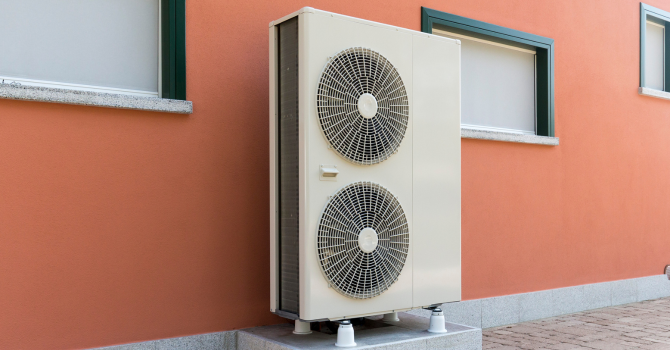
Source: Canva
This heating system is composed of the following parts:
Compressor;
Plate heat exchanger;
Hot water cylinder tank;
Filter dryer;
Control light;
Thermostatic expansion valve;
Heat exchanger outdoor coil.
With air-to-water heat pumps, there are two coexisting circuits. In the first one, the liquid refrigerant leaves the compressor and flows through the heat plate exchanger (circuit 1), which is its point of contact with the second circuit.
Once the liquid leaves the compressor, it’s under high pressure, thus at an elevated temperature. It then flows into the heat plate exchanger in which it’ll swap its heat with the water that’s coming from the hot water cylinder tank and flow back toward it (circuit 2).
The water is thus heated thanks to circuit 1. The liquid refrigerant wasted its calories in favour of the water in circuit 2, which returns warmer to reach the house’s heating devices.
In circuit 1, the liquid’s pressure decreases, thus becoming colder. It then flows through the filter dryer, control light, and then the thermostatic expansion valve. The latter partially liquefies the fluid, to make its way to the heat exchanger's outdoor coil.
There, the refrigerant, in contact with the outside air, will start boiling and steaming again, before flowing through the compressor to start the cycle again.
3- Geothermal heat pump
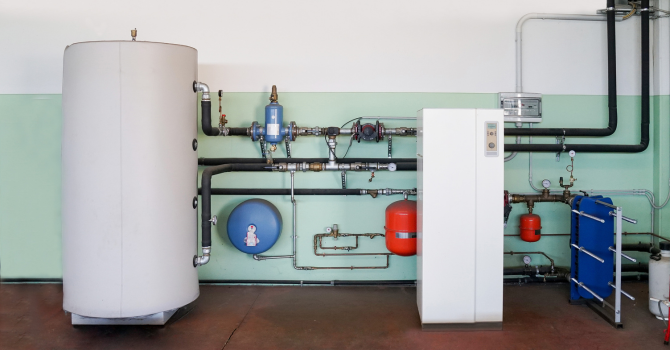
Source: Canva
There are two models of geothermal heat pumps:
Vertical;
Horizontal.
These two heat pump models work the same way. The only difference between their circuits and that of air-to-water heat pumps is the presence of a third circuit that’s linked to the second exchanger.
This third circuit contains a mix of water (75%) and methanol (25%), which is sent deep into the ground to draw out the heat contained in the soil.
Can a heat pump simultaneously heat and cool?
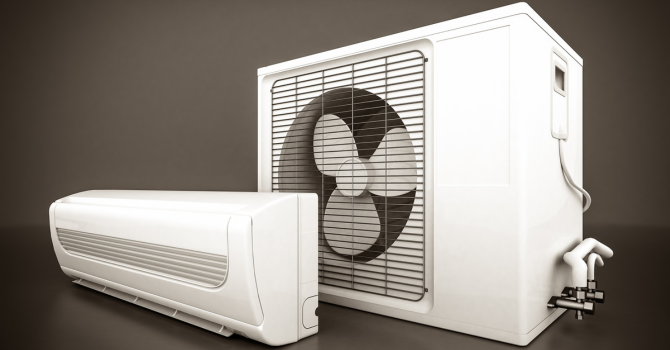
Source: Canva
Standard heating and cooling heat pumps work in temperatures as low as -8°C, while cold climate heat pumps can work in temperatures as low as -20°C.
Now’s the time to delve into the infamous liquid refrigerant that’s used in various heating and cooling heat pumps. The main refrigerant gasses are as follows:
R11 and R12 refrigerants, commonly referred to as Freon (Chlorofluorocarbons abbreviated as CFC);
Chlorodifluoromethane R22 and R409 (HCFC);
Tetrafluoroethane R134a and R404 (HFC).
The difference between these 3 types of gasses lies in whether or not there’s chlorine or fluorine and the levels contained.
A heat pump's heating and cooling functions depend on the temperature at which the refrigerant can steam and thus transfer its energy to the surrounding environment. While water turns to steam above 100°C, it's an entirely different story for these gasses.
Types of gasses | Boiling point |
R11 | 23.77°C (74.79°F) |
R12 | -29.8°C (-21.6°F) |
R22 | -40.7°C (-41.3°F) |
R409 | -35°C (-31.8°F) |
R410a | -51.58°C (-59.8°F) |
R134a | -26.3°C (-15.3°F) |
R404 | -46°C (-50.8°F) |
So what does this really mean? The calorie exchange between these various liquids and the ambient air (or soil for geothermal heat pumps) is measured with a heat transfer coefficient.
This coefficient increases between a cold liquid and a steam liquid. For example, let's use water’s heat transfer coefficient to understand the phenomenon:
1,000 W/(m² °C): Water’s heat transfer coefficient at an ambient temperature;
1,000 to 6,000 W/(m² °C): Warm water’s heat transfer coefficient;
6,000 to 15,000 W/(m² °C): Heat transfer coefficient of water as steam.
Therefore, the working temperature of the heating or cooling system is directly related to the type of refrigerant used.
How to Choose an Efficient Home Heat Pump
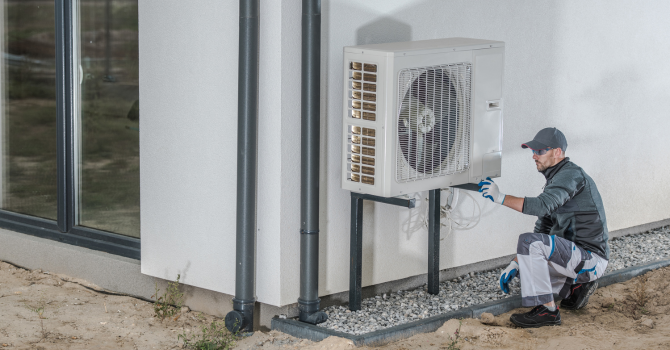
Source: Canva
Two important factors to consider when choosing a heat pump:
The SEER
Heating and cooling heat pump manufacturers developed the seasonal energy efficiency ratio (SEER) to give consumers an accurate picture of the efficiency of the heat pumps made available. The higher the value, the more energy you save.
Our advice, if you want to avoid buying the wrong heating and air conditioning system, is to select a heat pump with a SEER of at least 14.
However, since January 1st, 2023, the SEER was updated to account for real weather conditions during laboratory testing. Thus, one doesn't refer to SEER anymore, but rather to SEER2.
The HSPF
The heating seasonal performance factor (HSPF), is an indicator that shows how much energy is needed to produce a certain quantity of heat.
The higher the HSPF, the more efficient the heat pump. Heat pumps having an HSPF equal to or higher than 9 are considered efficient. However, not unlike the SEER, the HSPF also has evolved and is now known as the HSPF2.
Government of Canada guidelines regarding heat pump models
The Government of Canada suggests the following SEER2 and HSPF2 ratings for the listed models of heating and air conditioning heat pumps:
Heat pump models | SEER2 and HSPF2 |
Single package central air conditioner | SEER 2 higher than 11.6 HSPF 2 higher than 5.4 |
Space-constrained single package central air conditioner | SEER 2 higher than 11.8 HSPF 2 higher than 4.9 |
Single package central heat pump | SEER 2 higher than 13.9 HSPF 2 higher than 6.9 |
Space-constrained single package central heat pump | SEER 2 higher than 11.9 HSPF 2 higher than 6.3 |
What’s the best brand of heat pumps in Quebec?
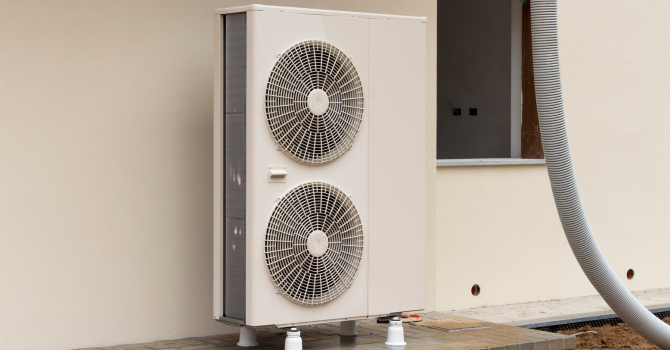
Source: Canva
Activa is the only Quebec-based brand from which you can purchase a heat pump. It’s manufactured by TTI Fabrication Inc., a Longueuil-based company.
However, this local business has to deal with fierce international competition. The all-time best brand of heat pumps seems to be the Japanese brand Mitsubishi Electric.
Popular amongst customers for its reliability and sturdiness, it stands head and shoulders above other highly regarded companies in this industry, such as:
Goodman;
Carrier;
Gree;
Fujitsu.
When choosing a heating and air conditioning heat pump between all these brands, you have to compare their materials. Don't forget to look for the 2 important factors above-mentioned, the SEER2 and HSPF2 ratings.
That way, you’ll be able to select a heating and cooling heat pump that meets your needs and your budget.
Cost of Central and Wall-Mounted Heat Pumps
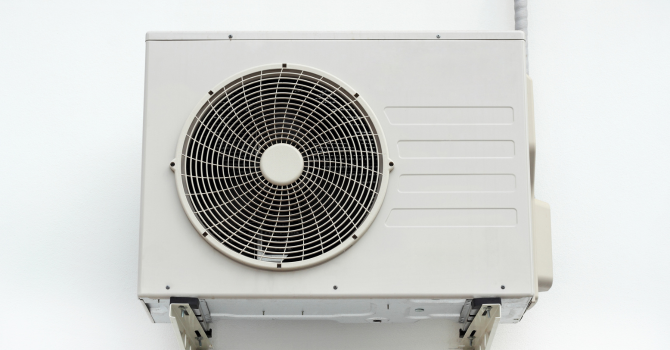
Source: Canva
A wall-mounted heat pump costs between $900 and well over $11,000. Naturally, you may ask yourself why home heating costs so much. The price difference can be explained by 2 factors. Wall-mounted heat pumps can be:
Single-split;
Multi-zone.
The single-split heat pump solely has one indoor unit located in the residence. On the other hand, the multi-zone units have several wall-mounted units. Knowing that each unit has a power range of 9K to 18K, these heating and cooling heat pumps can generate up to 36,000 BTU.
The starting cost of a central heat pump is $8,000. However, this model doesn’t have wall-mounted units. The outdoor unit is directly connected to your heating or indoor ventilation system’s air ducts.
To help you narrow down your decision, check out our article Choosing Between a Wall-Mounted or Central Heat Pump.
Get 3 quotes for your heat pump installation project
RenoQuotes.com can help you get quotes for your air conditioning and heating project. If you submit your project, we’ll put you in contact with top-rated contractors. Fill in the form on the homepage (it only takes a few minutes), and you will get estimates from trusted professionals.
Dial 1-844 828-1588 to speak with one of our customer service representatives.
Last modified 2023-11-07
Looking for something else?
Related articles
The latest industry news, interviews, technologies, and resources.
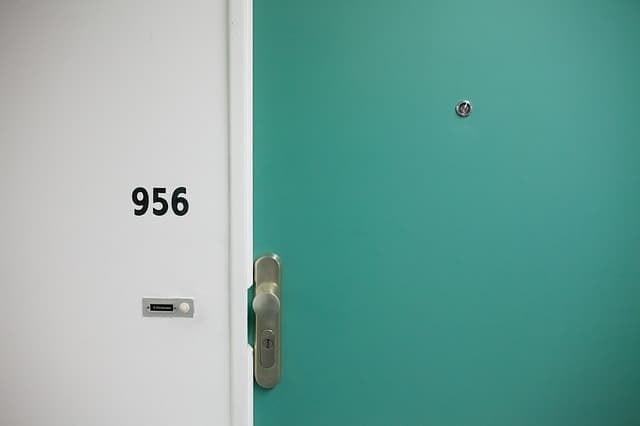
Cynthia Pigeon • 07 Nov 2023
Nowadays, with the rise of burglaries, effective security systems should be installed to prevent burglars from entering your home. In fact, it is possible to increase your home security in several ways.
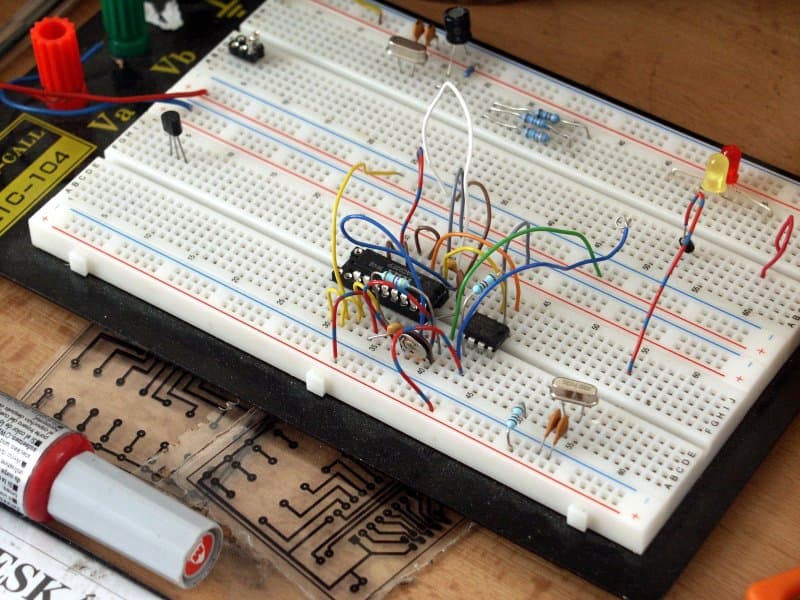
SoumissionRenovation.ca • 07 Nov 2023
Although hidden behind the scenes, both fuses and circuit breakers run the central electrical operations while they serve to protect your home as well as your family. Both work to defend against an overloaded electrical circuit by interrupting the flow of electricity.
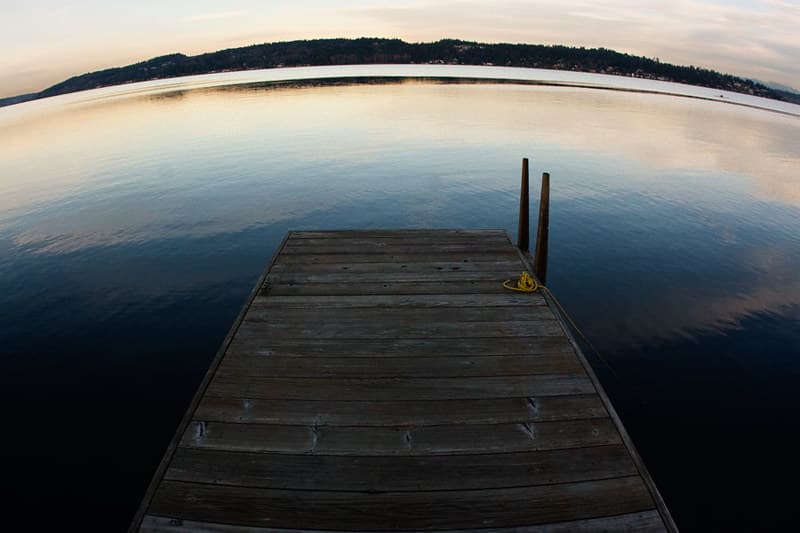
Cynthia Pigeon • 07 Nov 2023
Have you just made the leap and purchased your dream lakefront house or chalet, but you are just lacking an essential element to fully enjoy it? Now, adding a floating dock might just be the idea of the century to bring about a bit more fun to your evenings with your friends and make your family's access to water sports that much easier.
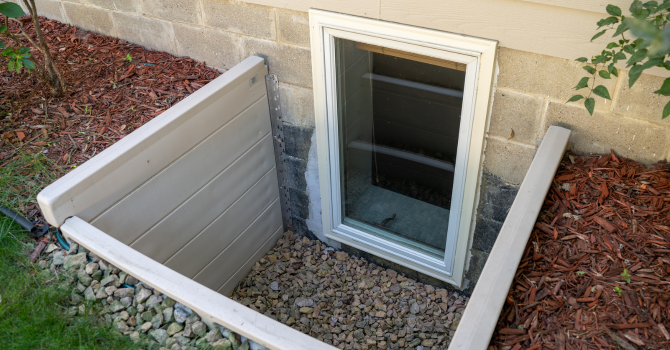
Cynthia Pigeon • 07 Nov 2023
Are you thinking about converting your basement into a living space? It goes without saying, but for every element within this particular level, windows are submitted to an array of rules and regulations established by the Construction Code. For more insight on the matter, here is the current regulation regarding basement windows.
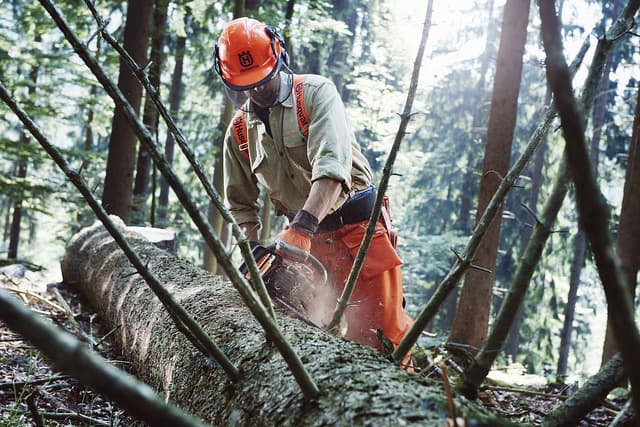
RenoQuotes.com • 07 Nov 2023
When watching old lumberjack documentaries, Canadians may get that feeling that felling trees is as much a part of their DNA as tapping maple trees during the sugaring-off season.